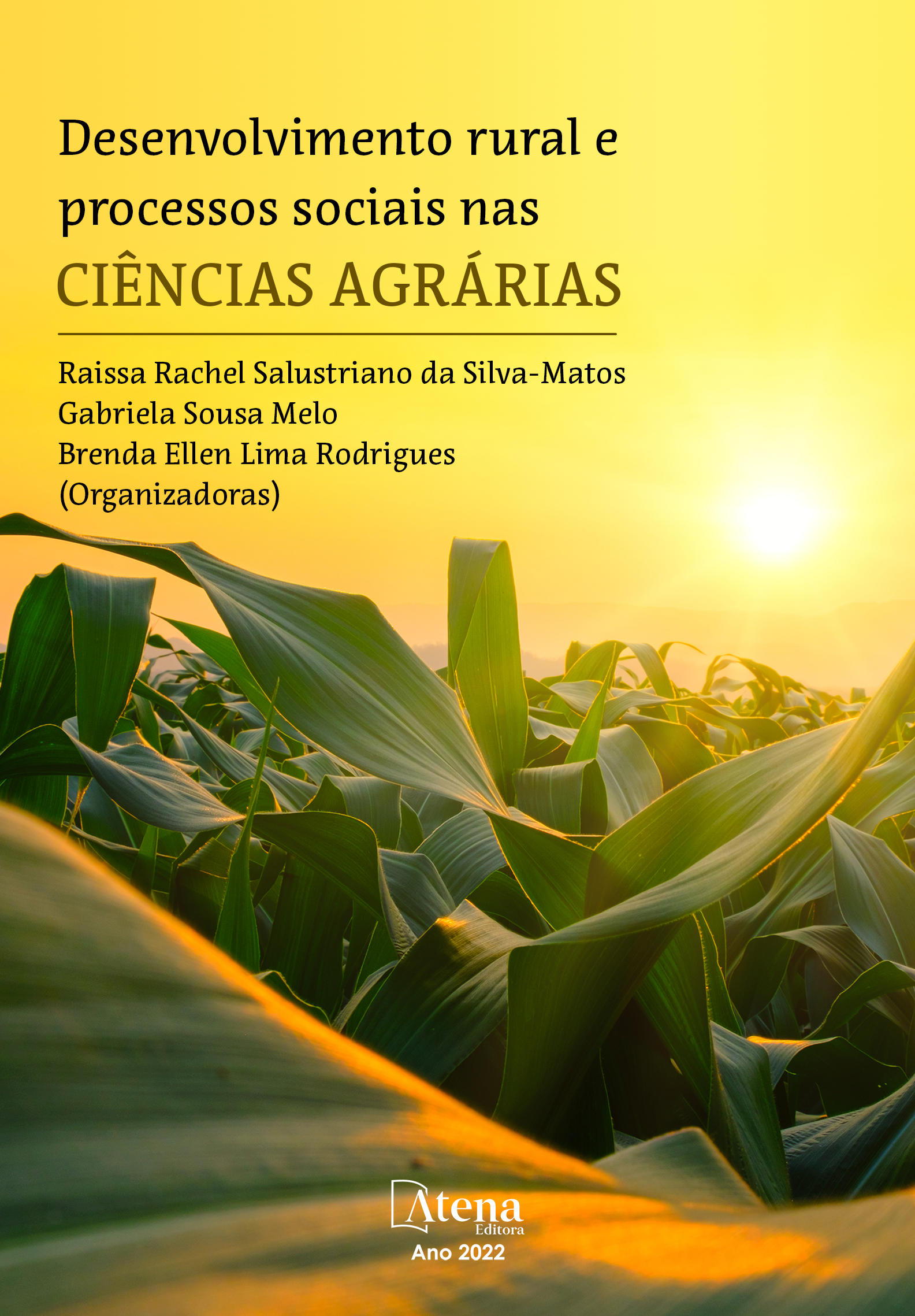
ANÁLISE DA PRODUTIVIDADE DE CAROTENOIDES EM VARIEDADES LOCAIS DE MILHO
O objetivo deste trabalho foi analisar a produtividade de carotenoides em variedades locais de milho cultivadas por agricultores familiares do Oeste Catarinense. Na safra 2017/18, foram conduzidos quatro ensaios em três municípios do oeste de Santa Catarina, sendo: Novo Horizonte 1 (NH1), Novo Horizonte 2 (NH2), Iporã do Oeste (IPO) e Concórdia (IFC). Foram avaliados 12 tratamentos (10 variedades locais e 2 comerciais - testemunhas) em delineamento de blocos completos casualizados, com três repetições. A extração e quantificação do teor de carotenoides totais (CAR) foi feita a partir de uma amostra de farinha proveniente dos grãos de milho da parcela útil. As amostras de farinha foram dissolvidas em 10 mL de solução de hexano:acetona (v/v) contendo 100 mg/L de hidroxitolueno butilado, sendo incubadas no escuro por 30 min. O extrato foi submetido à espectrofotometria através da leitura a 450 nm de absorbância, sendo o teor de carotenoides totais determinado a partir da fórmula de Lambert-Beer. A produtividade de grãos (PRO) foi estimada a partir da produção obtida na área útil. A produtividade de carotenoides (PCAR) foi estimada a partir de PRO e CAR. Os dados das variáveis foram submetidos à análise de variância individual e conjunta, sendo as médias das fontes de variação significativas agrupadas pelo teste Scott-Knott a 5% de probabilidade. Diferenças significativas (p<0,01) foram verificadas para as fontes de variação Ambiente (A), Variedade (G) e Interação GxA em todas as variáveis analisadas. As médias variaram de 4364 a 7668 kg ha-1, 8,90 a 23,21 μg g-1, 38,64 a 136,88 g ha-1, para as variáveis PRO, CAR e PCAR, respectivamente. Conclui-se que há variabilidade genética entre as variedades de milho. As variedades Pixurum 6, MPA1, Neves, Roxo Pedro e Amarelão apresentaram altas produtividades de carotenoides, portanto, são as mais indicadas para o cultivo e fabricação de alimentos biofortificados.
ANÁLISE DA PRODUTIVIDADE DE CAROTENOIDES EM VARIEDADES LOCAIS DE MILHO
-
DOI: 10.22533/at.ed.6462231014
-
Palavras-chave: Zea mays. Conservação on farm, Agricultura Familiar
-
Keywords: Zea mays, on farm Conservation, Family Farming.
-
Abstract:
The objective of this work was to analyze the productivity of carotenoids in local maize varieties cultivated by family farmers in western Santa Catarina. In the 2017/18 crop year, four trials were conducted in three municipalities in the west of Santa Catarina, namely: Novo Horizonte 1 (NH1), Novo Horizonte 2 (NH2), Iporã do Oeste (IPO) and Concordia (IFC). Twelve treatments were evaluated (10 local varieties and 2 commercial - controls) in a randomized complete block design, with three replicates. The extraction and quantification of the total carotenoids (CAR) content was made from a sample of flour from the maize grains of the useful plot. Flour samples were dissolved in 10 mL of hexane:acetone (v/v) solution containing 100 mg/L of butylated hydroxytoluene, and incubated in the dark for 30 min. The extract was subjected to spectrophotometry at 450 nm, and the content of total carotenoids was determined using the Lambert-Beer formula. Grain yield (PRO) was estimated from the yield obtained in the useful area. Carotenoid yield (PCAR) was estimated from PRO and CAR. Data were submitted to individual and joint analysis of variance, and the means of significant sources of variation were grouped by the Scott-Knott test at 5% probability. Significant differences (p<0.01) were verified for the sources of variation environment (A), variety (G) and GxA interaction in all analyzed variables. Means ranged from 4364 to 7668 kg ha-1, 8.90 to 23.21 μg g-1, 38.64 to 136.88 g ha-1, for the PRO, CAR and PCAR variables, respectively. It is concluded that there is genetic variability among maize varieties. The varieties Pixurum 6, MPA1, Neves, Roxo Pedro and Amarelão showed high carotenoid yields, therefore, they are the most suitable for the cultivation and manufacture of biofortified foods.
-
Número de páginas: 13
- Juliana Spezzatto
- Tainá Caroline Kuhn
- Yasmin Pincegher Siega
- Monalisa Cristina de Cól
- Volmir Kist
- Grace Karina Kleber Romani


